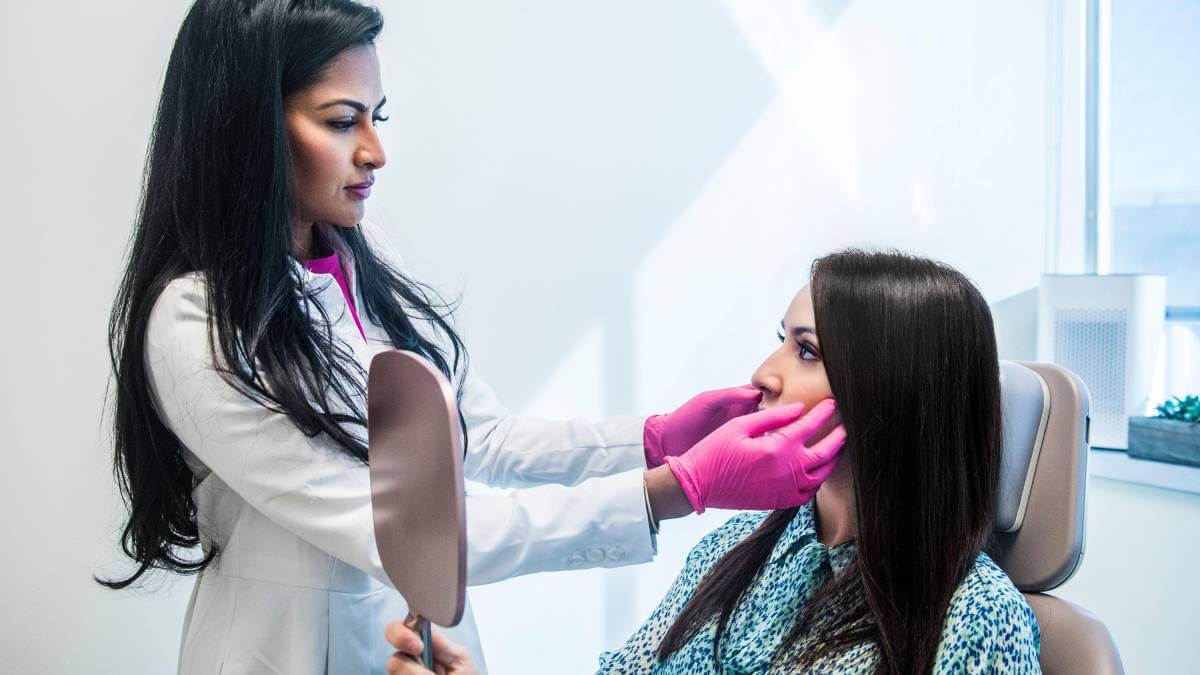In a world that celebrates youth and beauty, cosmetic procedures such as Botox and fillers have gained immense popularity. These treatments promise a minimally invasive quick fix for wrinkles, fine lines and facial volume loss. However, instead of the desired results, these procedures are leaving some patients scarred and in pain, with issues ranging from severe burns to cheek abscesses.
Last year, an independent review of Australia’s cosmetic surgery procedures provided a foundation to reform the industry. The Australian Health Practitioner Regulation Agency (AHPRA) and the Medical Board of Australia (MBA) took the review’s 16 recommendations on how to improve public safety on board.
Crackdown on cosmetic procedures
Now, in an expansion of the year-long crackdown on the industry, non-surgical cosmetic procedures are in the spotlight.
As the agency responsible for registering, accrediting and disciplining health practitioners, AHPRA is planning to reshape conduct in the sector. It plans to introduce stricter guidelines for registered practitioners performing and advertising aesthetic treatments.
These stricter guidelines will include advertising practices, consent procedures and pre-procedure suitability screening.
The industry
Australians collectively spend more than one billion dollars a year on non-surgical procedures. These range from anti-wrinkle injections, fillers and botulinum toxin products such as Botox injections, to fat-dissolving injections and thread lifts. A range of health practitioners, including doctors, nurses and dentists carry out these procedures.
“The cosmetics sector is a booming sector. We want to make sure that anyone choosing to undergo a cosmetic procedure is as safe as possible,” AHPRA CEO Martin Fletcher said.
“Getting these services is not like getting a haircut – these procedures come with risk. We want to ensure the public knows what safe practice looks like, and that practitioners are doing everything necessary to keep the public safe,” he added.
The dangers of Botox, fillers and other procedures
A high number of complaints about serious harm as a result of these procedures triggered the reformation. Mr Fletcher said the more frequent use of non-surgical cosmetic procedures, and the expanded range of practitioners who provide them, creates the potential to put a larger section of the community at risk of some harm.
One woman reported to AHPRA that she had suffered an infection in her cheek following a botched cosmetic thread lift. Her face became so infected that she needed surgery to remove an abscess and a second surgery to fix her appearance.
Another woman had a nurse carry out dermal fillers despite her history of known skin conditions that would make the treatment dangerous.
After experiencing an adverse reaction, the woman had the fillers dissolved and a steroid treatment to help the symptoms.
Making it safe
AHPRA’s statement sets out a range of treatments it hopes to make safer for patients. Among them is the most common cosmetic procedure in the world: botulinum toxin type A, commonly known as Botox.
Even though we now know it as a way to reduce wrinkles, Botox is the most potent neurotoxin ever. It was actually first proposed as a chemical weapon. It’s now injected to treat a range of medical problems, including eyelid spasms, excessive sweating, certain bladder disorders and migraines.
Botox functions only at extremely low doses and has been approved for market supply since the early 2000s. Research demonstrates it is safe and effective for cosmetic purposes. But a comprehensive study from the United Kingdom found about 16 per cent of patients reported adverse events including bruising, headache, muscle weakness and muscle paralysis. One critical aspect of its safety is the injector’s skill.
Australia’s health ministers have agreed to impose restrictions on the previously unregulated title of cosmetic surgeon. Once the amendment bill passes, no medical practitioner will be able to call themselves a surgeon without being properly accredited. Yet these reforms currently do not affect non-surgical procedures.
Because AHPRA has no real authority to regulate the actions of those who are not health practitioners, the reforms are unlikely to affect those operating outside a medical setting, such as self-injectors or people who go to unlicensed or inexperienced providers. Still, state laws will make the unauthorised use of Schedule 4 drugs an offence in each jurisdiction.
“We are already seeing a positive impact from strengthened practice and new advertising guidelines in the industry, and we are pleased that most practitioners have worked constructively with us towards these reforms. The endorsement for cosmetic surgery will also improve patient safety, by bringing in practice standards where there have been none,” said MBA chair Dr Anne Tonkin.
It’s too early to gauge the extent to which the proposed reforms will improve patient outcomes. However, such reforms are instrumental in establishing standards and providing clarity on patient expectations.
What do you think of non-surgical cosmetic procedures? Why not share your thoughts in the comments section below?
Also read: Five things to ask yourself before getting Botox or fillers
Disclaimer: This article contains general information about health issues and is not advice. For health advice, consult your medical practitioner.

